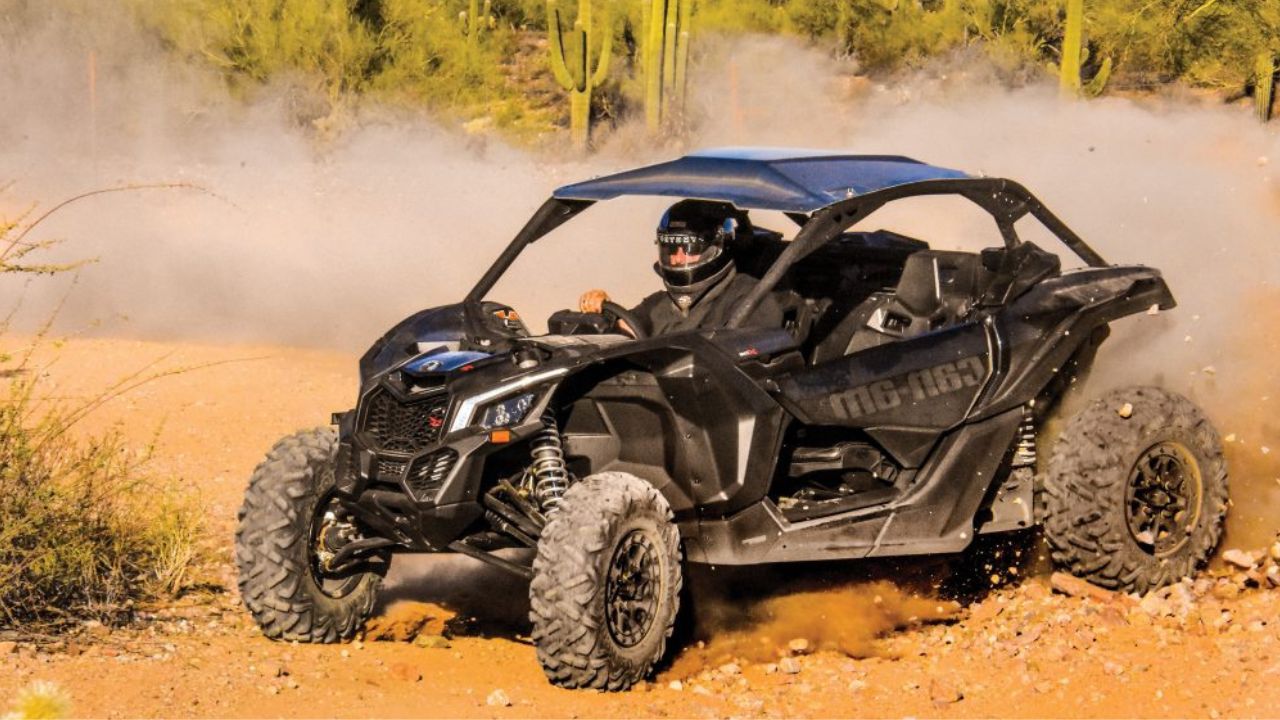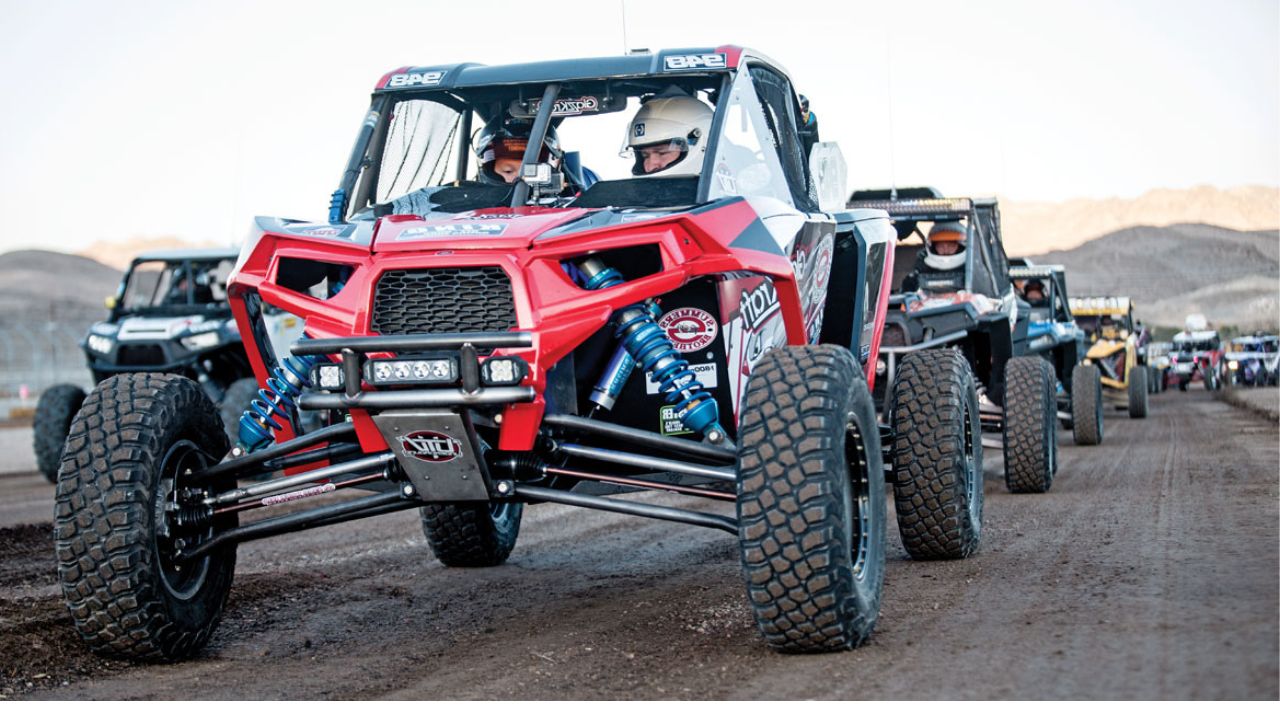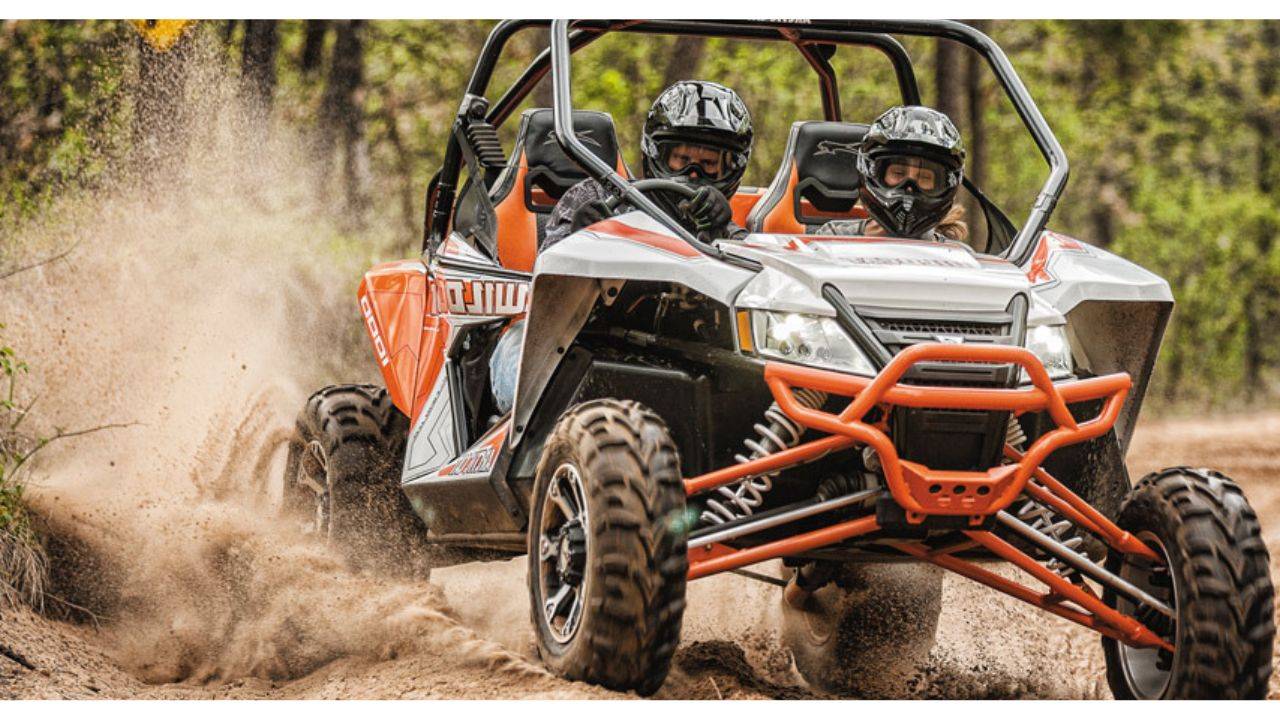UTVs, or Utility Task Vehicles, have become increasingly popular for off-road enthusiasts. However, taking your UTV onto public roads requires adherence to certain legal requirements. This article will delve into what you need to make your UTV street legal, ensuring you can enjoy both off-road adventures and on-road travels safely and legally.
What is a UTV?
Before we delve into the specifics of making a UTV street legal, let’s clarify what a UTV is. UTVs, also known as side-by-sides or recreational off-highway vehicles (ROVs), are motorized vehicles designed for off-road use. They typically feature a side-by-side seating arrangement, a steering wheel for control, and a cargo bed for hauling goods or equipment.
Legal Considerations for UTVs
Regulations for UTVs
Regulations governing the street legality of UTVs vary depending on location. Some states have strict guidelines regarding UTV modifications and safety equipment, while others may have more lenient regulations. It’s essential to familiarize yourself with the specific requirements in your area to ensure compliance.
Equipment Requirements
Safety Gear
One fundamental requirement for making a UTV street legal is ensuring the vehicle is equipped with appropriate safety gear. This covers accessories like turn signals, mirrors, horns, headlights, and taillights. Additionally, occupants must wear seat belts or harnesses while the vehicle is in motion.
Vehicle Modifications
Certain modifications may be necessary to meet street-legal requirements in addition to safety equipment. These modifications may include installing a windshield, brake lights, and a license plate mount. Consult local regulations and possibly enlist the help of a professional to ensure modifications are made correctly.
Documentation and Paperwork
Title and Registration
To legally operate a UTV on public roads, you must obtain a title and registration for the vehicle. This process typically involves submitting proof of ownership, completing a registration application, and paying applicable fees. Once registered, you’ll receive license plates and a registration certificate to display on the UTV.
Insurance
In addition to registration, most states require UTV owners to carry liability insurance. This insurance provides financial protection in case of an accident involving your UTV. When using the automobile on public roads, ensure you have the required insurance and documentation.
Additional Considerations
Local Laws and Ordinances
In addition to state regulations, knowing any local laws or ordinances that may apply to UTV operations is essential. Some municipalities have specific restrictions on where UTVs can be driven or may require additional permits or approvals for street use. Always research and adhere to local regulations to avoid potential fines or penalties.
Environmental Impact
Operating a UTV on public roads involves environmental considerations. While driving your UTV, be mindful of sensitive habitats, wildlife crossings, and erosion-prone areas. Respect the environment and follow designated trails and roadways to minimize your impact on natural landscapes.

Essential Modifications for Making Your ATV/UTV Street Legal
Crucial modifications must be made when converting your ATV/UTV into a street-legal vehicle. These adjustments go beyond merely adding lights and reflectors; they ensure that your vehicle complies with all necessary standards for safe operation on public roads. Let’s delve deeper into the essential modifications required for this transformation.
Lighting and Electrical Upgrades
One of the primary considerations in making your ATV/UTV street legal is upgrading its lighting and electrical components. While your vehicle might already be equipped with basic lighting like headlights and taillights, it’s imperative to ensure they meet specific street-use requirements. This entails installing appropriate headlights, taillights, turn signals, brake lights, and a horn. Not only do these enhancements improve your vehicle’s visibility to other road users, but they also facilitate safe operation in various lighting conditions.
Moreover, evaluating your ATV/UTV’s electrical system is crucial. Adding extra components may strain the system, necessitating upgrades to accommodate the increased load. This might involve installing a higher-capacity battery or upgrading the alternator to ensure your vehicle’s electrical system adequately supports the additional lighting and accessories.

Tire and Wheel Adjustments
Another critical modification for achieving street legality involves upgrading your ATV/UTV’s tires and wheels. Off-road tires may not be suitable for road travel due to their insufficient tread depth and traction, which is needed for safe handling on paved surfaces. Therefore, investing in street-approved tires with appropriate tread depth designed for road use is essential. Maintaining proper tire inflation to the recommended pressure is crucial for preserving stability and control while traversing the streets.
While tires are a crucial part of the modification process, the condition of your wheels is equally important. Ensuring they’re in good condition, free from damage or defects, is vital. Additionally, confirming that your wheels meet the required street-use specifications, such as size, offset, and load capacity, is a key factor in maintaining stability and safety during road navigation.
Safety Equipment Additions
When it comes to street-legal requirements, prioritize safety. Adding specific safety equipment to your ATV/UTV is necessary for compliance and the well-being of both the operator and passengers. Consider adding essential safety equipment such as rearview mirrors, an approved seat, seat belts, and a windshield.
Rearview mirrors enhance the visibility of surrounding traffic, aiding informed decision-making while on the road. An approved seat ensures secure and comfortable seating positions for both the operator and passengers. Seat belts are vital for securing everyone in place, especially during sudden stops or manoeuvres.
Additionally, a windshield protects against wind, debris, and other elements, enhancing comfort and safety.
Incorporating these safety equipment additions significantly enhances the safety of your ATV/UTV, making it road-worthy. This facilitates registration and ensures the legal enjoyment of riding your ATV/UTV on public roads.

The Process of Making Your ATV/UTV Street Legal
Are you eager to elevate your ATV/UTV experience? Transforming your off-road vehicle into a street-legal machine can unlock many new opportunities for adventure and convenience. Whether you crave exploration on fresh trails or seek a stylish commute to work, making your ATV/UTV street legal demands meticulous planning and precision.
Pre-Modification Inspection
Before embarking on modifications, conducting a comprehensive pre-modification inspection is paramount. Take the time to assess your ATV/UTV’s current state meticulously. Look out for signs of wear and tear, such as worn-out tyres, damaged lights, or faulty brakes. Identifying these areas requiring attention or repairs will enable you to prioritize necessary modifications and ensure a sturdy starting point.
During the inspection, closely adhere to the specific requirements outlined by your local authorities to make your ATV/UTV street legal. Each jurisdiction may impose different safety equipment, lighting, and emissions regulations. Familiarizing yourself with these requirements will help you plan modifications accordingly.
Implementing Necessary Changes
Now that you understand the changes that need to be made, it’s time to get started. Depending on the modifications’ complexity, you may undertake them independently or seek professional assistance. This presents an exciting opportunity for DIY enthusiasts to showcase their skills and creativity.
However, exercise caution and ensure each modification meets relevant guidelines and safety standards. For instance, when adding turn signals or brake lights, verify they are visible from all angles and meet mandated brightness standards. When installing a horn, ensure its sound is sufficiently loud to alert other motorists.
Safety should always remain paramount. Avoid compromising on material quality or taking shortcuts during installation. Equip your ATV or UTV with reliable, durable components capable of withstanding the rigors of street riding.
Post-Modification Inspection
Congratulations on successfully implementing the necessary modifications to your ATV or UTV. However, before hitting the streets, conduct a thorough post-modification inspection to confirm all changes have been executed correctly.
During the post-modification inspection, meticulously scrutinize each alteration to ensure compliance with the required standards. Verify all lights function correctly, brakes respond promptly, and safety equipment is properly installed. Before proceeding to the registration process, this inspection will identify any areas necessitating further adjustment or refinement.
Registration Process
Once satisfied with the post-modification inspection, proceed toward making your ATV/UTV street legal. The registration process may differ depending on your jurisdiction, but it usually entails submitting the required documentation, paying the required fees, and acquiring the necessary license plates and registration documents.
Remember, achieving street legality for your ATV or UTV requires careful planning, attention to detail, and adherence to relevant regulations. By following these steps and ensuring modifications meet mandated standards, you’ll relish the excitement of street riding while maintaining safety and legal compliance.
Registering Your Street-Legal ATV/UTV
Ensuring your street-legal ATV/UTV is registered is crucial to legality and compliance with state regulations. By following the proper registration process, you can relish the benefits of owning a street-legal ATV/UTV while upholding the law.
Gathering Necessary Documentation
Taking this proactive measure, collect all required documentation mandated by your state’s Department of Motor Vehicles (DMV) or equivalent agency before initiating the registration process for your street-legal ATV/UTV. By doing so, you can ensure that the registration procedure will proceed smoothly and without any unneeded delays or issues.
The requisite documentation typically includes proof of ownership, a bill of sale, proof of insurance, and any mandated inspection certificates. These documents substantiate your ownership and attest to your safety and insurance regulations compliance. Consult your local DMV for the comprehensive list of required documents, as specific prerequisites may vary across states.
The Registration Process
Once you have the necessary documentation, it’s time to register your street-legal ATV/UTV. There are two primary avenues for registering your vehicle: visiting your local DMV office or utilizing the online registration process.
If you visit the DMV office in person, ensure all requisite documents and information are readily accessible. This encompasses a completed application form, proof of ownership, bill of sale, proof of insurance, and any supplementary documents stipulated by your state’s DMV. Be prepared to remit any applicable fees, which may fluctuate depending on your location and the ATV/UTV type.
Alternatively, capitalise on this convenient option if your state facilitates an online registration process. Navigate to your state’s official DMV website and follow the step-by-step guidelines to complete the registration procedure. Furnish accurate and current information, as any disparities may precipitate delays or rejection of your application.
After you submit the requisite documents and information, the DMV reviews your application and processes your registration request. You’ll have license plates and a registration sticker for your street-legal ATV/UTV upon verification. These artifacts substantiate your vehicle’s registration and must be conspicuously displayed per your state’s regulations.
The registration process may entail a time investment; hence, commencing the process well before intended ATV/UTV usage is advisable. By expeditiously and meticulously completing the registration process, you can revel in the freedom and exhilaration of navigating your ATV/UTV on public roads while upholding all legal prerequisites.
Conclusion
Making a UTV street legal involves understanding and complying with various legal requirements, including equipment modifications, documentation, and insurance. You may experience the excitement of off-road adventures while using your UTV safely on public roads if you adhere to the rules described in this article and keep up with local laws.
FAQ
Do all states have the same requirements for legalizing a UTV street?
No, regulations vary by state, so it’s essential to research the specific requirements in your area.
Can I drive my UTV on public roads without making it street-legal?
Driving an unregistered or non-street legal UTV on public roads is illegal and can result in fines or other penalties.
Do I need a driver’s license to operate a street-legal UTV?
In most states, a valid driver’s license is required to operate a street-legal UTV on public roads.
Are there any age restrictions for operating a street-legal UTV?
Age requirements vary by state, but many states require operators to be at least 16 years old.
What happens if I don’t comply with street-legal requirements for my UTV?
Failure to comply with street-legal requirements can result in fines, citations, or even impoundment of the vehicle by law enforcement.

